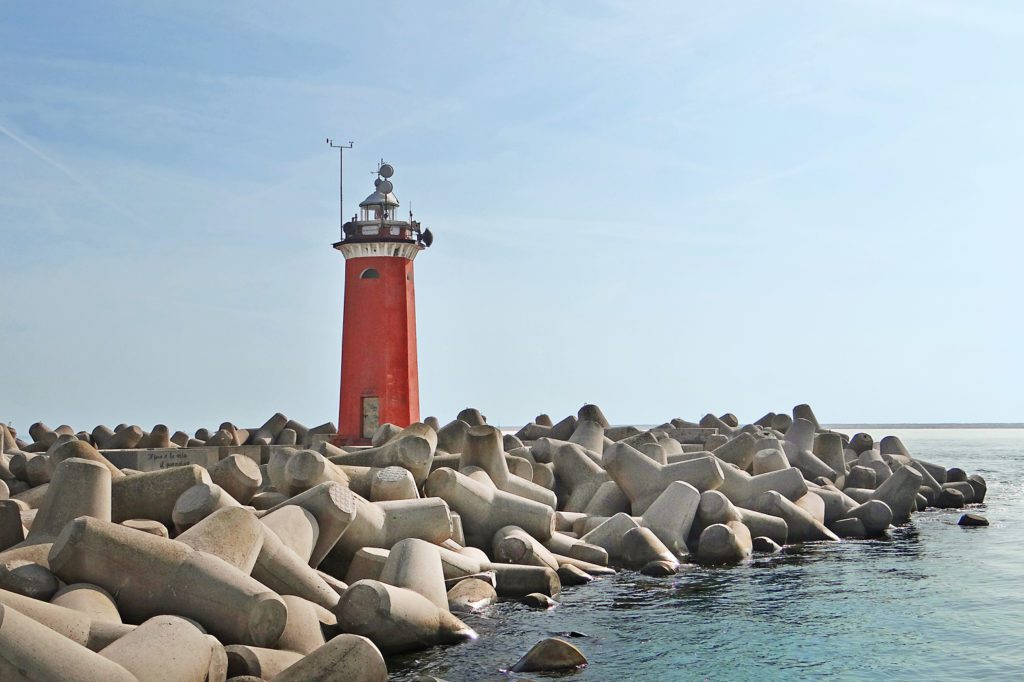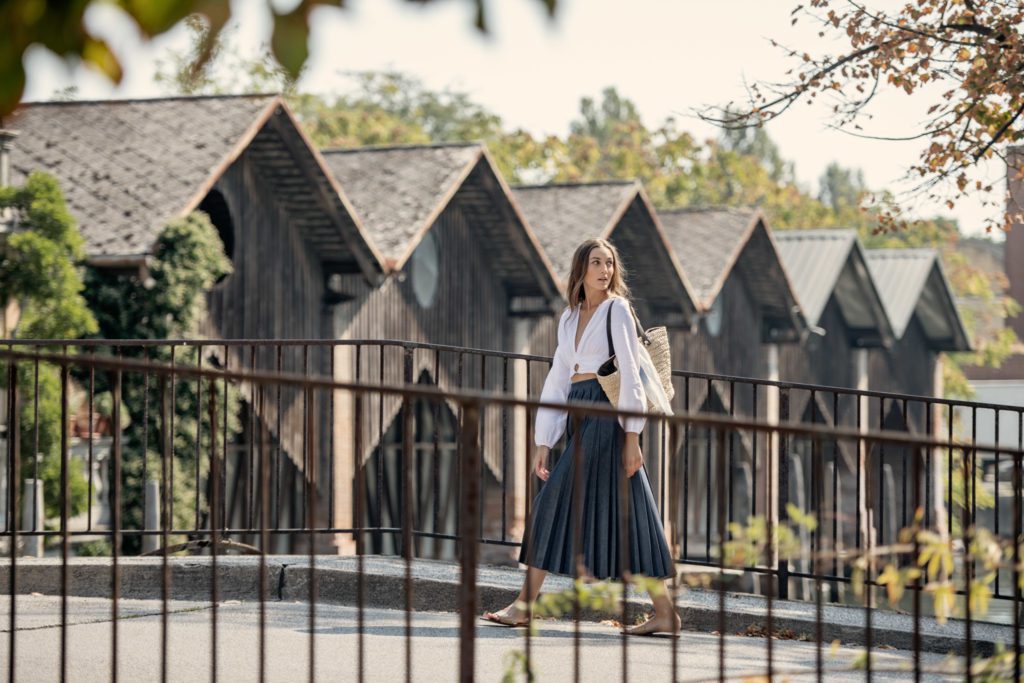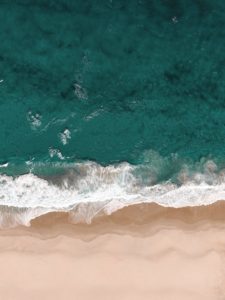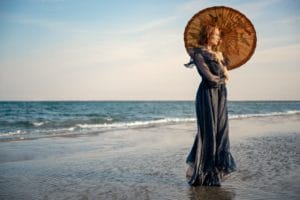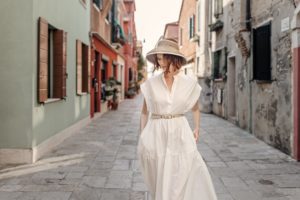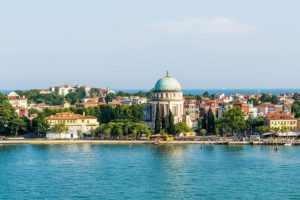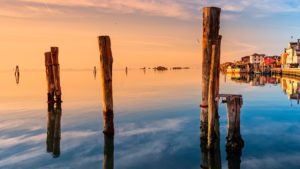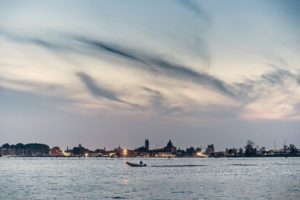San Nicolò: the Church and the Monastery
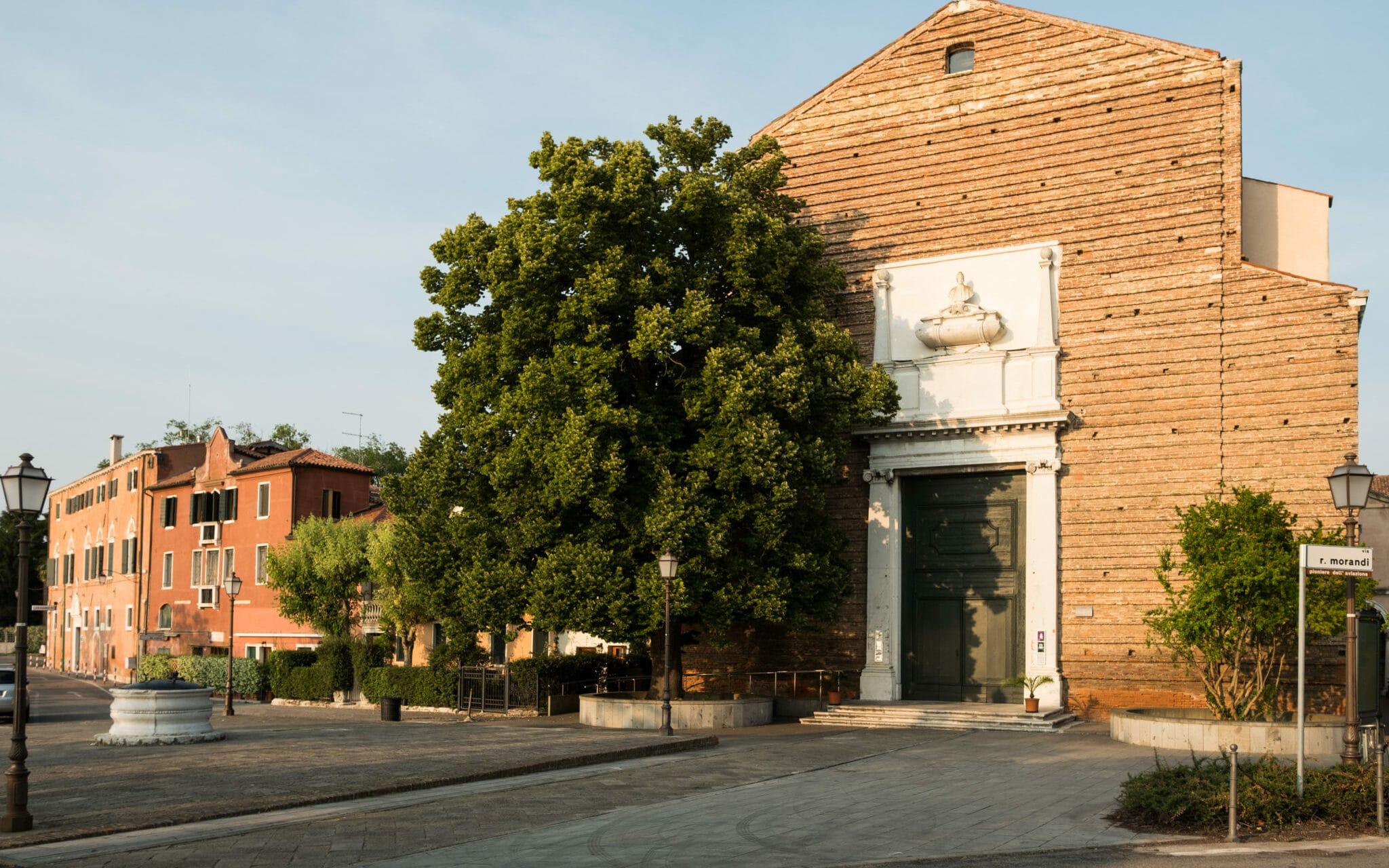
The Church of San Nicolò, with its Monastery of Benedictine origin, gives its name to the northernmost area of the Lido of Venice, and is an important place for the history and culture of the island.
The first Church of San Nicolò
The original building was built in the mid-11th century, under the Doge Domenico Contarini, and officially opened in 1053. It was a small church with three naves, with three apse chapels, and was located around a hundred meters behind the current one. Today only a small part of the cloister can be seen.
The Monastery
The Monastery, which is even older, was founded in 1043 and today you can admire two Venetian-Byzantine capitals dating back to the time of its first construction. It was rebuilt around the year 1500, when the Cloister was also built. This is also the place where the troops gathered before the departure of the Fourth Crusade, commissioned by Pope Innocenzo III.
Converted into a military barracks during the Napoleonic period, after 1770 it came under the leadership of the Franciscans. That year, in fact, the Venetian Senate issued a decree by which it abolished four Benedictine monasteries, including that of San Nicolò al Lido.
Today, the Monastery houses a headquarters of the Global Campus of Human Rights.
The reconstruction
The current church, with a single nave, dates back to 1627, while the baroque bell tower is dated between 1626 and 1629. It is worth entering San Nicolò to admire the splendid floor mosaic with geometric and floral motifs, restored between the fifties and sixties, and today access to the Church is only allowed during Holy Mass. In addition, inside there is a choir with seventeenth-century reliefs depicting scenes from the life of the Saint, the painting of the virgin Mary with the cherub by Palma the Elder, and another depicting San Giovannino, by Palma the Younger. Outside, above the portal, is the statue of the Doge Domenico Contarini.
In 1940 the Corinthian capitals of the eleventh century were rediscovered, having been walled in during the Napoleonic period.
The relics of San Nicola
There is a little-known aspect that concerns the Church of San Nicolò, and it is the fact that part of the relics of San Nicolò are preserved there: the same San Nicola to whom many people make pilgrimages in the city of Bari.
Around 1100, the relics were stolen from Myra, in Anatolia, and were taken to the Lido via Mira, on the banks of the Brenta.
As soon as he arrived at the Lido, the Saint was immediately proclaimed protector of the Venetian fleet and of the soldiers heading towards the Holy Land.
An opportunity to visit the Church of San Nicolò is in May, for the solemn Mass of the Marriage of the Sea, a fascinating and unique celebration, which is evoked during the Feast of the Sensa (that is, of the Ascension).
Traditionally, the celebration began the day before the Ascension, when the bucentaur, the helmet of the Doges of Venice, left the Arsenal to be exhibited and decorated on the shore of the Schiavoni. The next day, the Doge, accompanied by a court of other eminent State personalities, embarked on the bucentaur that sailed towards the Lido accompanied by other boats and gondolas. Arriving at the Lido, the Doge emptied a bottle of holy water into the sea and threw a gold ring blessed by the patriarch of Venice pronouncing (in Latin) the phrase: “We marry you, our sea, as a sign of true and perpetual dominion.” Finally, a holy mass was celebrated in the Church of San Nicolò.
Today the city still organises a naval parade with hundreds of boats and it is the mayor, in the presence of the bishop, to throw into the sea the ring that symbolises the union between Venice and the sea.

